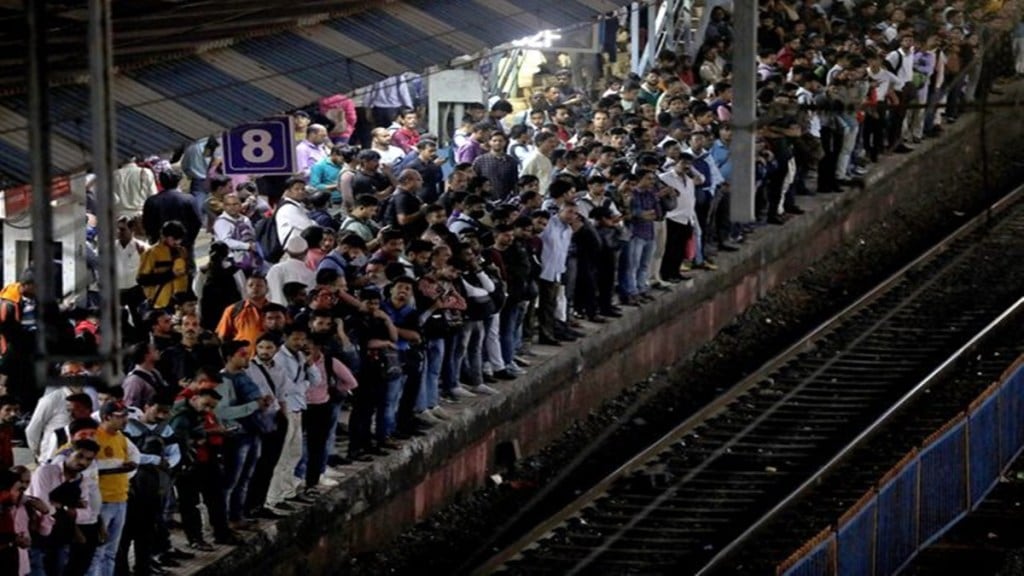By US Mishra
The much-delayed 2021 Census is now likely to kick off in 2025. Misgivings about a possible caste headcount and taking the digital route for this mammoth exercise notwithstanding, India cannot afford to delay the decadal enumeration any further, the writer explains:
Census essential for policy-making
The delayed census and the uncertainty surrounding it has generated much anxiety in recent times. The Indian census is a decadal exercise of a complete enumeration of the country’s population, which is not merely a headcount but also an update of several other features that remains vital to understanding the evolving changes in population dynamics in relation to the past as well as with a purpose for the future. It was initially delayed on account of the pandemic, but given that all other data collection initiatives have resumed, there remains no further excuse for it to be kept at abeyance.
No viable alternative
The absence of the census and its imperatives on reading changing lives and livelihoods has been echoed frequently but to no effect. In fact, there have been misgivings about various administrative statistics, vital registration data along with a whole range of digital information (termed as Big Data) serving as an alternative to the census. Actually, there’s no alternative to the census given its comparability feature with the past and the kind of jurisdictional and definitional changes that it adopts during its conduct every ten years. The attribute of complete enumeration and its consistent periodic feature with characteristic details makes it a unique and irreplaceable resource and is certified as the mother of all database regarding human population in India.
Methodology, uniqueness of the exercise
The planning of this exercise involves defining boundaries of census towns and urban agglomerations to house-listing followed by complete enumeration and post-enumeration checks, etc. There’s a perception that the aim is only to obtain a population count, but it offers more in terms of characteristics of the population involving age, sex, marital status, work status, employment, education, migration, residence, etc. These sets of information are presented across two domains — individual and household — grouped along gender, residence and caste lines.
Caste count, digital enumeration
The urgency of the census exercise is on various counts like expiry of freezing of Parliamentary strength by 2026, redrawing boundaries of electoral constituencies for Parliament to Assembly to local governments, and the demographic transformation over the last 14 years which is significant in familial, residential and compositional terms. In the midst of all these, there is an attempt to dilute the census exercise by involving a caste enumeration on one hand and making it digital on the other. While adoption of technology is essential to make such a mammoth exercise efficient, it should not be at the cost of quality and content.
The absence of census keeps us blind to the population denominators which is significant for provisioning of services and assessment of ill-being/well-being implied by numerous interventions. Many well-intended schemes and programmes of the government would be handicapped in terms of budgeting without the comprehension of the targeted population. The apparent population imbalance across region/ states will remain under the cloud of estimation/ projection that is assumption based to a large extent. The stark imbalance in population has already raised the alarm in the southern states as regard its sustainability on one hand and federal representation on the other. While sustainability concerns could perhaps be mitigated with population mobility from surplus regions to deficient region in the short run, the federal representation concern calls for a solution by accounting for compositional adjustment to the population size, adopting a principle of equivalence.
Will a caste census help?
Contention is whether a caste census will benefit the political masters more than help in the identification of the deprived. An ascribed identification attribute may well be strongly associated with varied forms of deprivation, but such an identifier is more likely to generate political agency rather than efficiency in intervention. With all possible available features of deprivation in terms of locational attributes, is there a need for such an identifier to strengthen focus of intervention? Hence, counting by caste is perhaps less relevant when compared to counting by characteristic of deprivation per se.
Cannot afford further delays
In sum, any further delay in a decennial census will be detrimental to policy planning and proposed welfare interventions. A complete enumeration exercise of this order with its essential features of notification/denotification along with identification and demarcation has wide-ranging implication on various fronts such as revenue/taxation, political representation and above all, recognising the evolving scene of transformation.
The writer is honorary visiting professor at the International Institute of Migration and Development, Kerala.
Disclaimer: Views expressed are personal and do not reflect the official position or policy of FinancialExpress.com. Reproducing this content without permission is prohibited.

